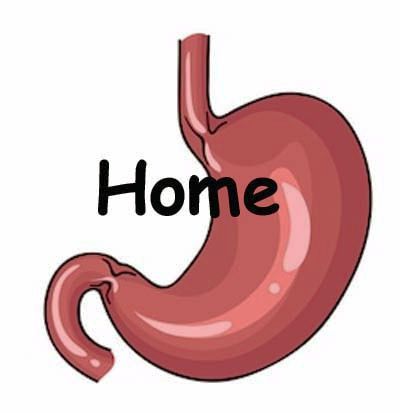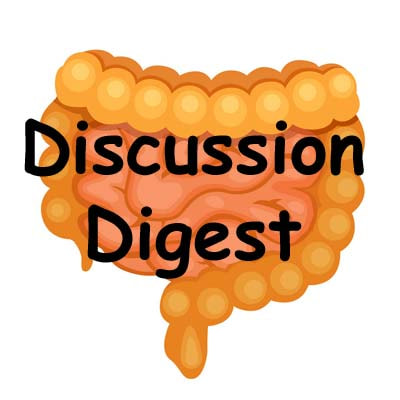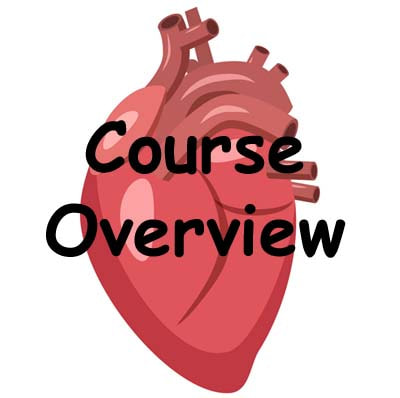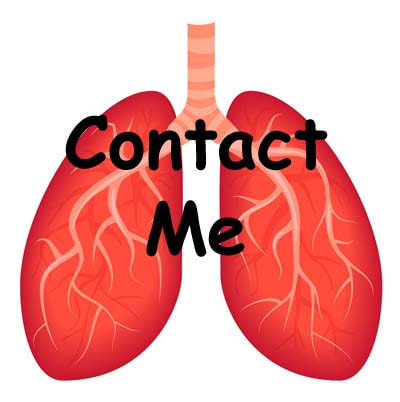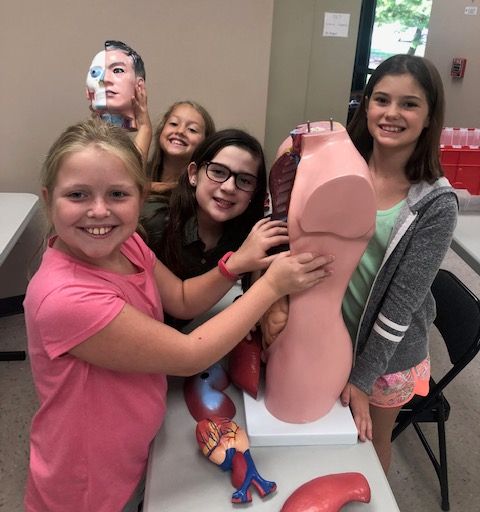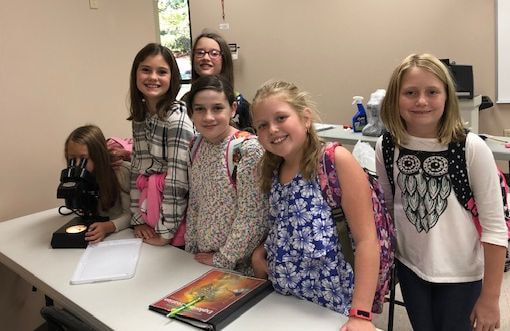Image Credits:
Banner: Cover of Apologia Exploring Creation with Human Anatomy and Physiology
Buttons: Stomach cartoon from Shutterstock.com; brain, lungs, and heart from Vectorstock.com.
Banner: Cover of Apologia Exploring Creation with Human Anatomy and Physiology
Buttons: Stomach cartoon from Shutterstock.com; brain, lungs, and heart from Vectorstock.com.
